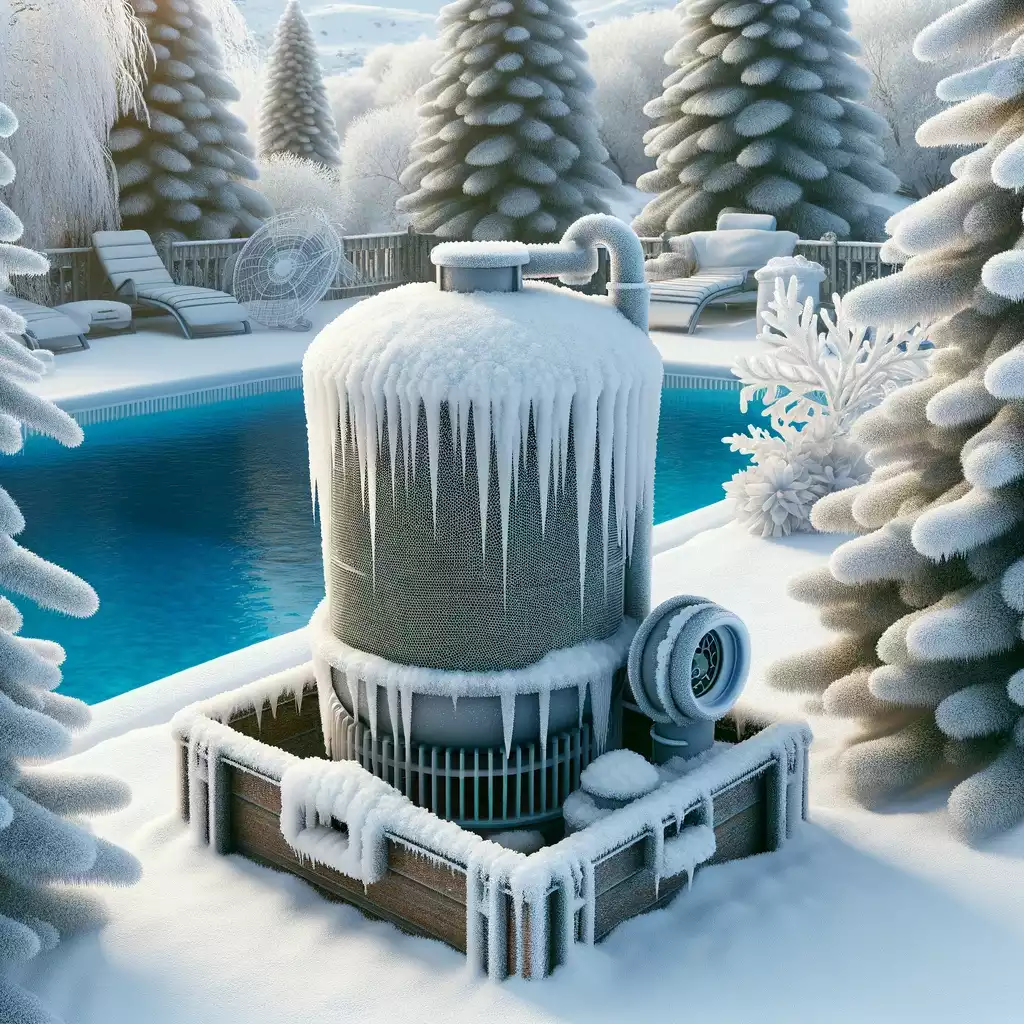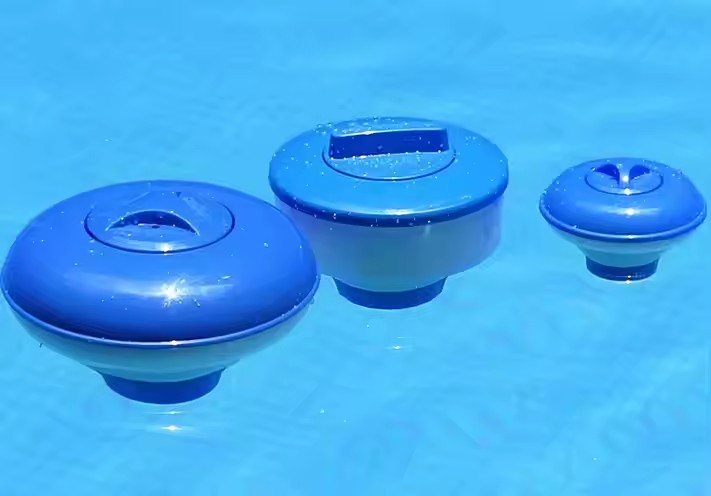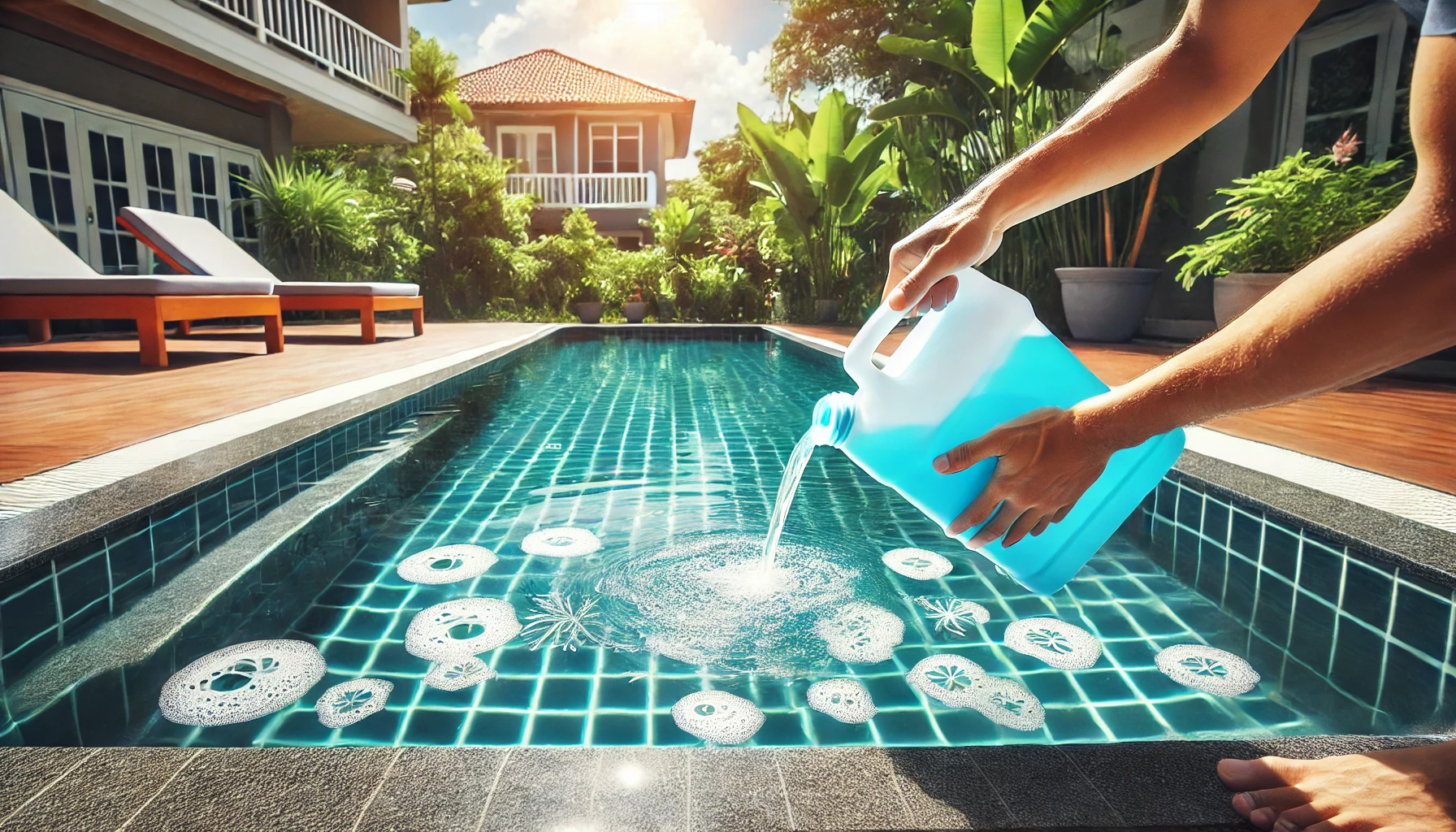As winter approaches, the maintenance of swimming pools becomes particularly important, especially for the sand filter system of the pool. The sand filter is a key device for keeping the pool water clean and clear, so it is crucial to properly maintain and prepare it for winter. This article will detail how to effectively winterize the pool sand filter, ensuring it operates efficiently when reactivated in spring.

What impact does cold weather have on the sand filter?
Problems that may arise due to temperature changes: In winter, the sharp drop in temperature is a major factor affecting climate change. In such cold conditions, the remaining water in the pool will freeze. During the filtration process, the volume of water continuously increases, thereby posing a hazard to the internal pipelines and structure of the filter. This can cause material cracks or pipe bursts. These damages not only affect the use of the filter but also lead to leaks, causing harm to other parts of the pool and also affecting the filtering materials such as sand inside the filter. Under freeze-thaw conditions, the structure of the filter medium changes, thereby affecting the filtering performance after filtration.
Material Contraction and Expansion: The materials of pool sand filters are generally metal, plastic, or other synthetic materials. When the temperature changes, these substances naturally expand and contract thermally. In winter, when the temperature drops, the material of the filter sand will shrink. This can cause the filter joints and their parts to loosen. Such looseness can harden the filter’s seal, making it brittle and thus affecting the filter’s filtering efficiency.
Problems Caused by Idleness: In winter, when swimming pools and sand filters are not used for a long time, it can cause aging of the machine parts and block the filter, thereby reducing work efficiency.
Methods for Winterizing Sand Filters
1、Removing the Drain: First, remove the drain at the bottom of the sand filter to completely drain the water from the filter. This step ensures that no residual moisture inside the filter freezes, thereby causing damage to the filter.
2、Using Foam for Pest Control: After drainage, a piece of foam can be placed in the drain to effectively prevent small insects and debris from entering the interior of the filter.
3、Removing the Pressure Gauge: Next, remove the pressure gauge from the filter and insert a piece of sponge into its interface to prevent the intrusion of dust and other impurities.
4、Handling the Sight Glass and Gasket: Again, remove the reflector with the gasket and plug the opening with a sponge to ensure it is dry and nothing is blocking it.
5、Gather Small Parts Together: Place the removed drain plug, pressure gauge, sight glass/gasket in one place, preferably with other small items in the pump basket, making it easy to take out when reassembling in spring.
6、Adjust the Selector Valve: Lift the selector valve and adjust it to a position between two valves, which helps to discharge the remaining water in the filter.
7、Removing the Filter Hose: Remove the filter hose from the filter’s water pump supply system and insert foam into the pump pipeline and the inlet of the filter valve to prevent the invasion of dust and small insects.
8、Empty Other Hoses: If connected to the sand filter, also ensure that the moisture inside the hoses is completely drained to avoid freezing and causing damage in winter.
By following these steps, you can ensure that your swimming pool sand filter is well protected in winter, thereby reducing harm to your body and lowering maintenance costs. Proper preparation for winter not only extends the life of the filter but also ensures that the filter works quickly and effectively when the swimming pool is reopened in spring. Please remember, regular maintenance and appropriate seasonal adjustments are the best conditions for maintaining swimming pool facilities.


